In 2025, the symbolic date of Monday, November 10 at 11:31 a.m. marks the point from which, on average, women would stop being paid if they earned the same hourly wage as men while maintaining their current annual income. This estimate, calculated by the collective Les Glorieuses since 2016, highlights the persistence of the gender pay gap.
Although this date moves slightly later compared to 2024, the shift doesn’t indicate real progress; it’s mainly due to 2024 being a leap year and to the calculation method based only on working days. In reality, the gap is narrowing extremely slowly (by about 0.9 percentage points every nine years), meaning that pay equality wouldn’t be reached until the year… 2 163!
According to the latest data from INSEE, women working in the private sector earn on average 22.2% less than men. When adjusted for working time, the gap shrinks to 14.2%, and when comparing equivalent positions and responsibilities, it still stands at 3.8%. The gap widens with age: it is about 4% before age 25, but nearly 25% by the end of a career.
This trend underscores the cumulative effect of professional and family inequalities throughout women’s careers.
Stark disparities across sectors
Gender pay gaps vary significantly across industries. This disparity stems largely from occupational segregation, meaning the uneven distribution of men and women across professions, as well as from slower career advancement for women (only 20% of top executives are women, according to APEC).
Male-dominated industries, which are often more hierarchical and better paid, show the largest pay gaps. According to Eurostat, which studied all EU countries, the financial and insurance sectors in France show the biggest difference: women’s average gross hourly pay is 32.1% lower than men’s. Scientific and technical professions show a 16.7% gap, and real estate activities a 16.4% gap.
Conversely, female-dominated sectors such as education, healthcare, and personal services, though essential to society, are less valued economically and socially, offering lower pay and fewer career advancement opportunities. Moreover, several studies, including those by sociologist Anne-Marie Arborio on nursing assistants, show that men in these jobs tend to advance faster than their female colleagues.
Addressing this requires both revaluing female-dominated professions and challenging gender stereotypes to encourage greater diversity across occupations, two key levers for sustainably reducing pay disparities and promoting greater equality in the labor market.
Women’s challenge of balancing work and personal life
While gender pay gaps arise from organizational factors, they also reflect social and cultural patterns. Inequalities deepen with parenthood: the more children a family has, the larger the pay gap becomes, reflecting an unequal division of domestic and caregiving tasks. Career breaks or adjustments related to motherhood slow professional advancement and limit access to management roles. According to APEC, 59% of women executives report struggling to balance work and personal life, compared to 49% of men.
To promote a more balanced sharing of parental responsibilities, many institutional and nonprofit organizations advocate for an equal, mandatory, and better-paid parental leave for both parents. Currently, only 2.6% of beneficiaries are men, showing that traditional family models remain deeply entrenched.
Moving toward greater transparency: the EU directive as a catalyst
The European Directive on Pay Transparency, which member states must transpose by June 2026, aims to reduce gender-based pay inequalities. It’s built on the principle of salary transparency, requiring companies to provide pay ranges for a given position, both to employees and job candidates.
The goal is to limit unjustified wage differences between employees in similar roles and to reduce the impact of individual negotiations, given that women’s salary expectations are, on average, 15% lower than men’s. Self-censorship, fear of being seen as “too ambitious,” and lack of pay transparency all help perpetuate the gap.
While this measure is a major step forward, it won’t be enough on its own to transform gendered professional norms or to sustainably revalue female-dominated professions. Still, it is a key tool for improving transparency and supporting fairer career progression.
KYU supports organizations in implementing Workforce and Career Path Management (GEPP) strategies and preparing for the transposition of the EU Pay Transparency Directive through detailed pay analyses.
Our expertise helps :
- Enhance the attractiveness of professions to diverse talent pools (women, individuals distant from the labor market, etc.)
- Foster employee retention, and
- Support strategic workforce planning for a more equitable and sustainable future of work.
Sources :
- APEC. “Argent, carrière, sexisme.” Octobre 2024.
Disponible sur : https://corporate.apec.fr/home/nos-etudes/toutes-nos-etudes/argent-carriere-sexisme.html - ARBORIO, Anne-Marie. “Hommes et Femmes aides-soignants : deux métiers différents ?”.
Colloque “Dynamiques professionnelles dans le champ de la santé”, Session “Du genre et des professions de santé”, DREES-MIRE, Paris, 23-24 mai 2005, pp. 10. - INSEE. “Écart de salaire entre femmes et hommes en 2023.” Insee Focus n° 349, mars 2025.
Disponible sur : https://www.insee.fr/fr/statistiques/8381248#onglet-2 - Eurostat. “Gender pay gap statistics.” Eurostat Statistics Explained, mise à jour en 2025.
Disponible sur : https://ec.europa.eu/eurostat/statistics-explained/index.php?title=Gender_pay_gap_statistics&action=statexp-seat&lang=fr - Les Glorieuses. (2025). #10Novembre11h31 – égalité salariale : la date à laquelle les femmes commencent à travailler gratuitement. Consulté le 6 novembre 2025 sur : https://lesglorieuses.fr/10novembre11h31/


